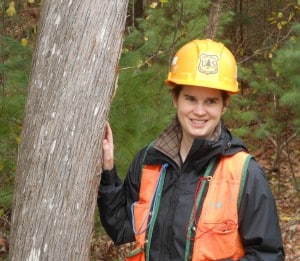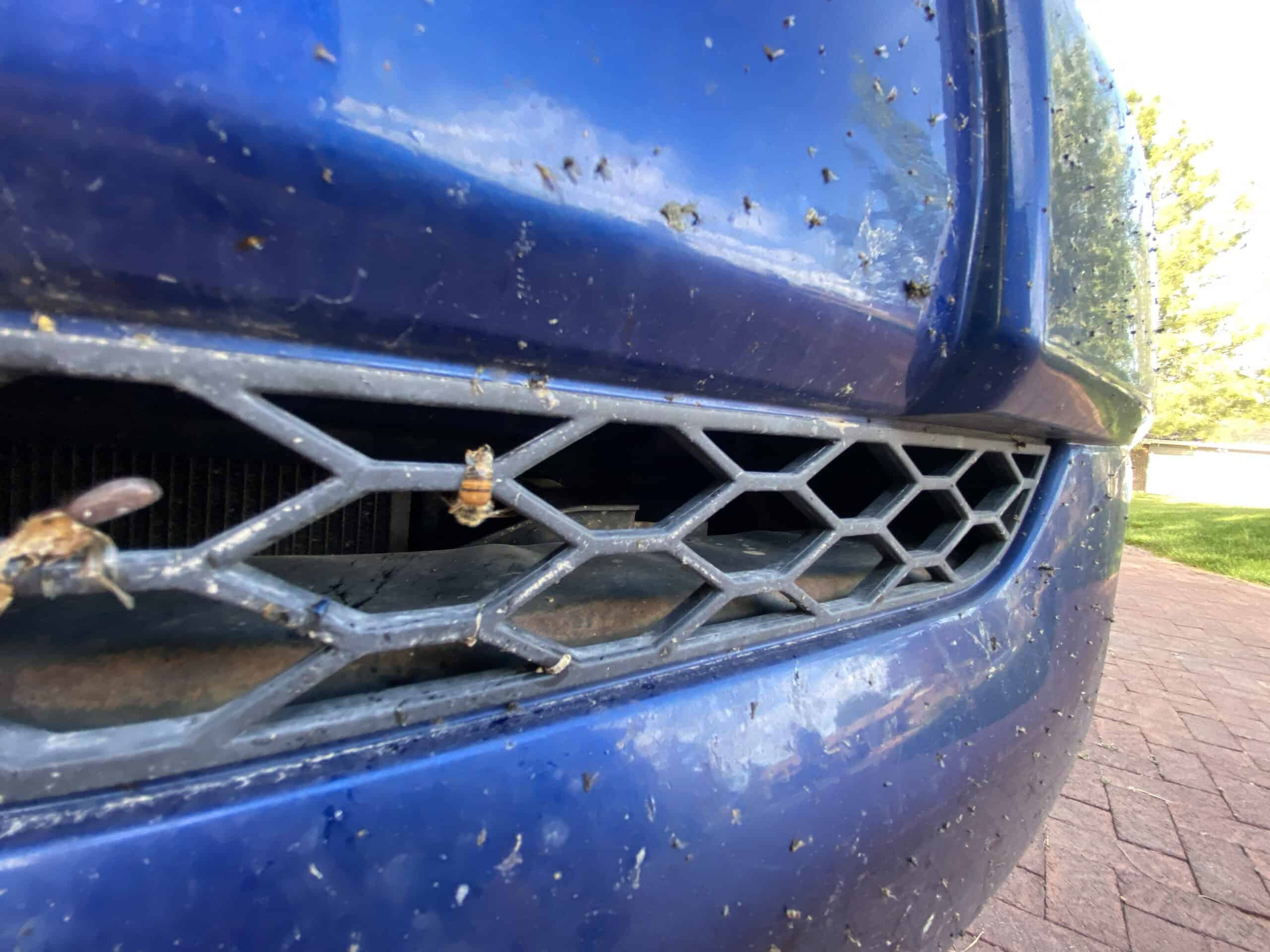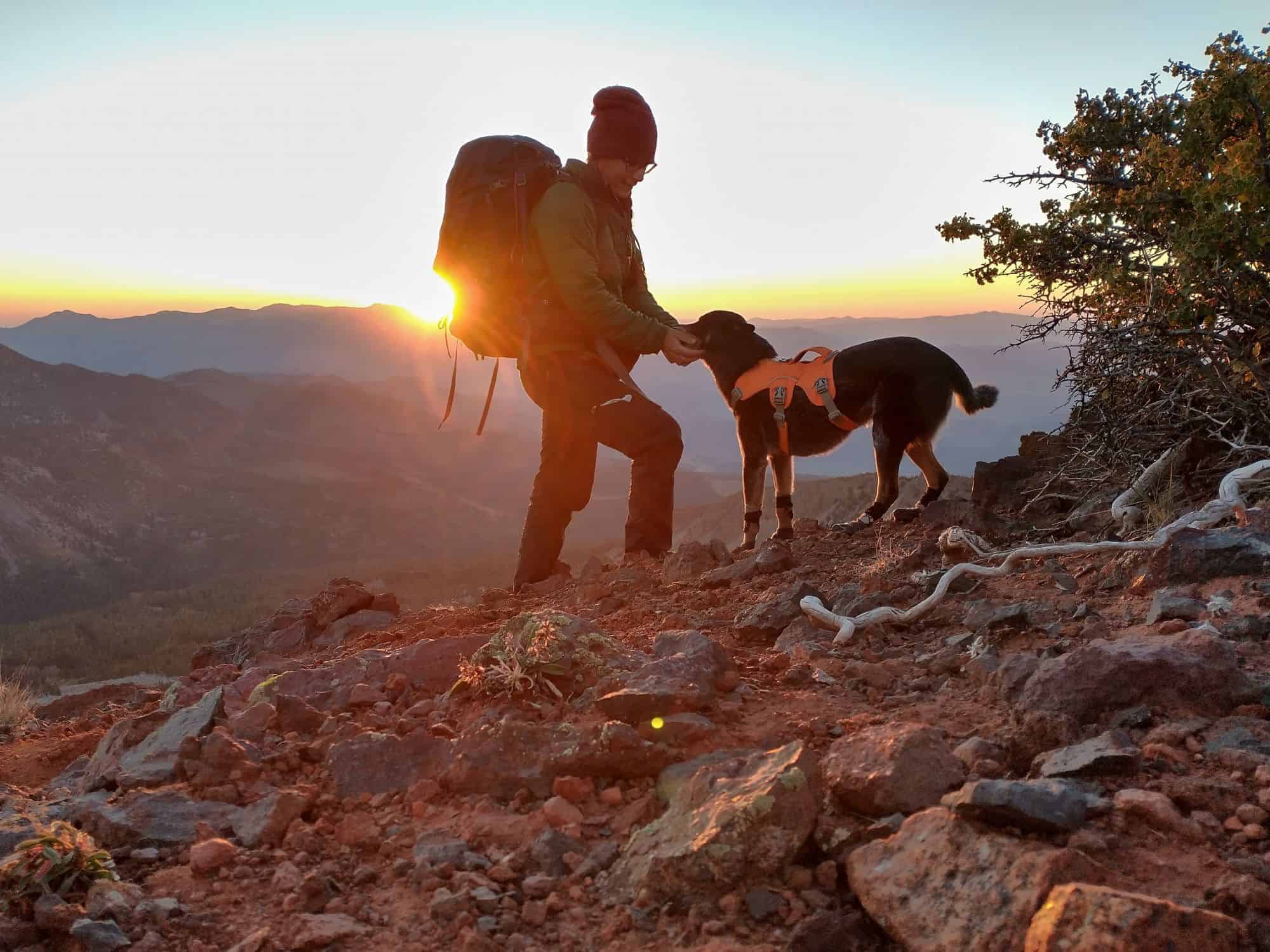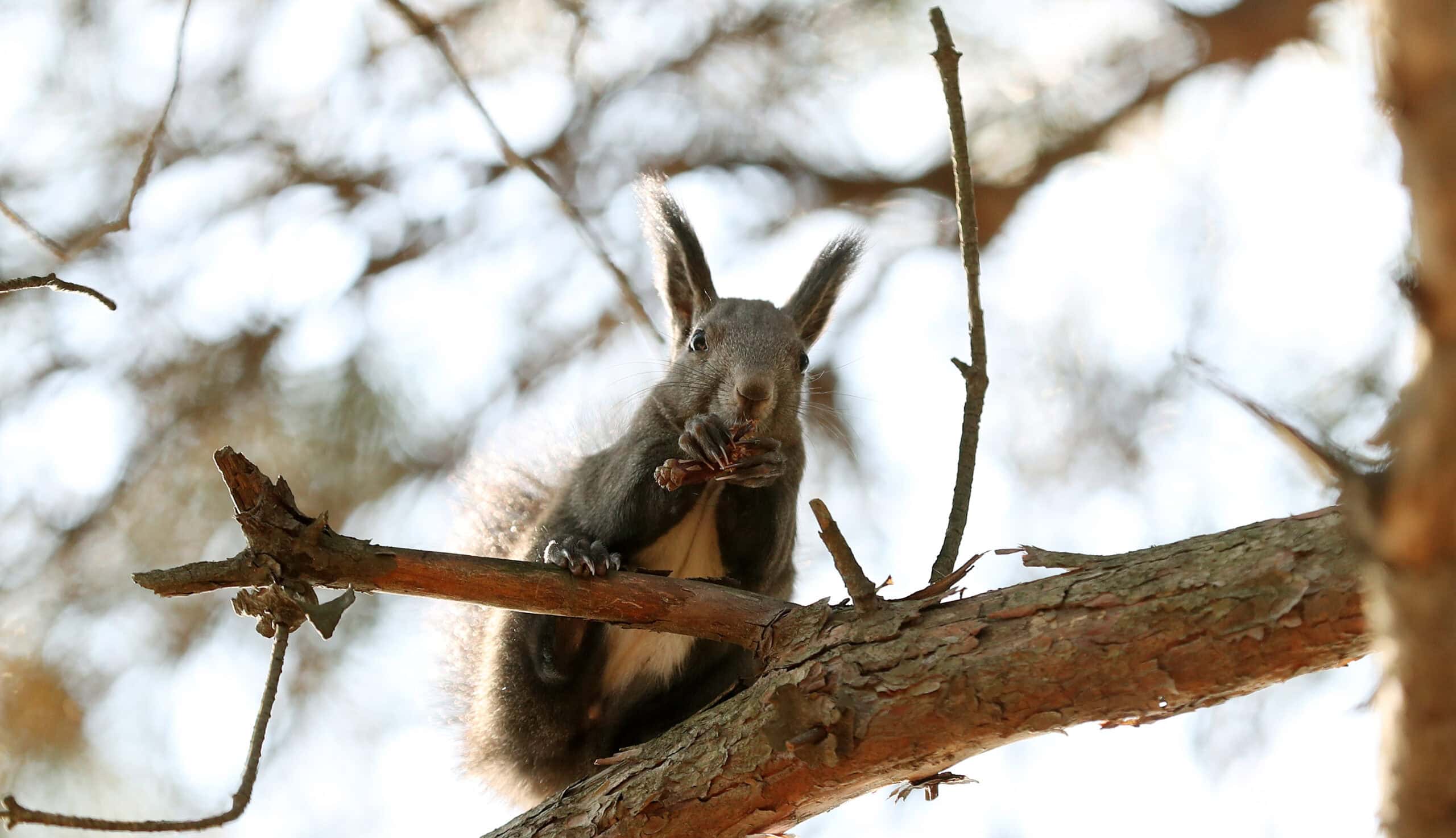Share this article
USFS Researchers Provide Insight into Gender Gap
It’s not news to most people that women are historically underrepresented in the natural resources field — including wildlife biology.
When a group of U.S. Forest Service researchers began noticing a shortage of women in their own work experiences, they decided to look at the demographics of women employed by the Service’s R&D program.
In a study published in the journal BioScience, the researchers compared women holding academic positions in the sciences to women working in the USFS’ R&D program.
“In our work, all of us do things to support women. But as scientists, we had the opportunity to bring science to the question and to provide robust findings,” said Laura Kenefic, a research forester with the USFS Northern Research Station and a coauthor of the study. “We wanted to find out more about the representation of women in the organization in order to help us increase the effectiveness of recruitment and retention initiatives.”
Academia versus Forest Service
As part of their study, the research team, led by Christel Kern, also a research forester for the Service’s Northern Research Station, compared the number of women employed by U.S. universities in natural resources as well as their tenure status with the number and pay grade of women employed as scientists within USFS’ R&D branch. The team found that the women make up 19 percent of university faculty while the Service’s R&D branch accounts for 26 percent of women scientists. They also found foresters don’t make up the majority of women scientists in the R&D program. There are now more women working in ecology and biology related studies, including wildlife biology.
The researchers then looked at the proportion of women and men in the PhD pool and how the demographics compared to individuals being hired by USFS versus those in academic positions. This second analysis showed the Service was more closely aligned with the candidate pool receiving PhDs, meaning that the proportion of men and women graduating and those now employed by USFS were roughly the same. “The Forest Service is doing its job in regards to recruitment,” Kenefic said. “We didn’t see that in universities.”
However, the team found that for both the USFS and universities, the representation of women decreased in higher positions. The team plans to conduct more research, particularly looking at experiences, discrimination and mentoring within USFS to establish if discrimination is occurring, how women scientists experience the job in USFS R&D, and whether strengthening mentoring programs would improve women’s experiences. “This research is not just for the Forest Service, but for research institutions and government institution in general,” Kern said.
Kenefic said she was hired for her current position through a recruitment program developed to increase the presence of individuals from underrepresented groups. Kern also was recruited to a scientist position through that program, which opened up an opportunity to pursue her PhD that she otherwise wouldn’t have pursued.
“The big message we tried to communicate is that within an agency, many individuals have a strong commitment to diversification,” Kenefic said. “Often actions aren’t driven by a deep look at what’s going on.”
The U.S. Forest Service is a Premier Partner of TWS.
Header Image: Christel Kern is a research forester for the Northern Research Station. ©U.S. Forest Service









